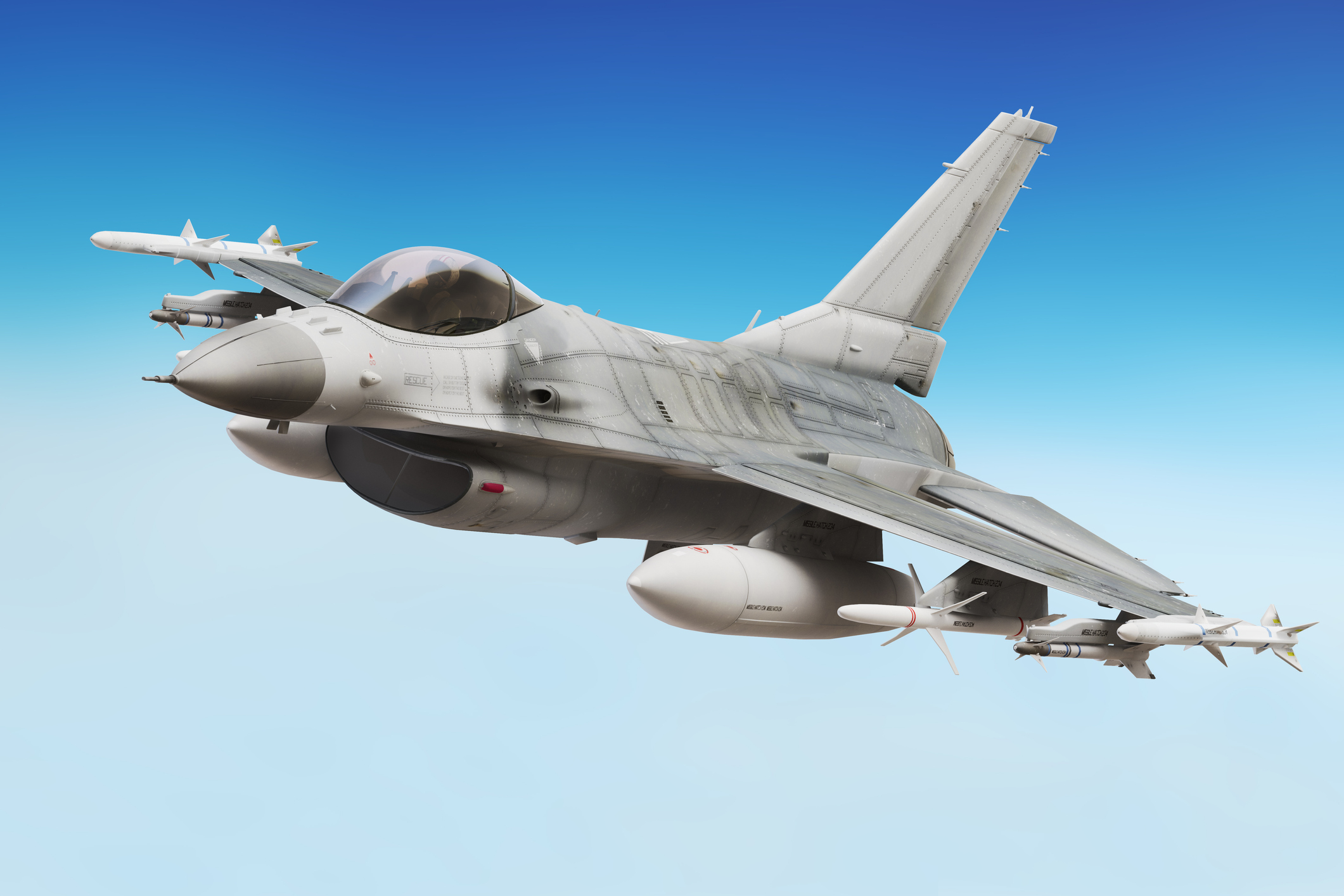Advertiser Disclosure: Eye of the Flyer, a division of Chatterbox Entertainment, Inc., is part of an affiliate sales network and and may earn compensation when a customer clicks on a link, when an application is approved, or when an account is opened. This relationship may impact how and where links appear on this site. This site does not include all financial companies or all available financial offers. Opinions, reviews, analyses & recommendations are the author’s alone, and have not been reviewed, endorsed, or approved by any of these entities. Some links on this page are affiliate or referral links. We may receive a commission or referral bonus for purchases or successful applications made during shopping sessions or signups initiated from clicking those links.
Aviation is highly influenced by environmental factors, and temperature is one of the most critical. As global temperatures rise and the seasons change, airports across the world face unique challenges in aviation operations. One of the most significant of these is how heat affects airplane takeoff performance. The recent heat wave in Southern California has highlighted the importance of understanding how high temperatures can impact flight safety and efficiency.
The Science Behind Heat and Takeoff Performance
Temperature has a direct influence on air density. Hot air is less dense than cooler air, which means airplanes have to work harder to generate the same amount of lift and thrust needed to take off. The reduced air density impacts the three key factors that determine an airplane’s ability to safely take off: takeoff distance, maximum takeoff weight, and engine performance.
- Takeoff Distance: As air density decreases in high temperatures, airplanes need more distance to reach the necessary speed for lift-off. This is because the thinner air provides less lift for the same wing surface area, requiring higher ground speeds before becoming airborne. A runway that is normally sufficient for takeoff in cooler weather may become marginal or even inadequate in extreme heat.
- Maximum Takeoff Weight (MTOW): Another consequence of reduced air density is the need to lower an aircraft’s maximum takeoff weight. Heavier planes require more lift to become airborne, and in hot conditions, this can be harder to achieve within a limited runway space. Airlines flying out of hot airports would be forced to either reduce fuel loads, limit cargo, or even bump passengers in order to remain within safe weight limits for takeoff.
A Real-World Example: Los Angeles Heatwave
Los Angeles is currently going through a heatwave, with temperatures climbing over 100°F. Flights from the Los Angeles-area will be experiencing significant operational problems. For example, flights operating with wide-body aircraft, such as the Boeing 777 and Airbus A350, which are often used for long-haul international routes, are particularly affected.
Because these large aircraft typically operate near their maximum takeoff weight, airlines will have to make hard choices between taking off with less fuel or fewer passengers. And in some instances, flights scheduled to depart at peak temperatures will probably be delayed to cooler times of the day to mitigate these challenges.
At the regional airports around Los Angeles, the impact will be even more pronounced. Hollywood Burbank Airport (BUR), with a shorter runway than LAX, will probably see several flights needing to reduce weight significantly.
How Do Airlines Deal With Excessive Heat?
- Scheduled departures during cooler times of the day: Many airlines plan their heaviest long-haul flights at hot airports during the early morning or late evening hours when temperatures are lower and air density is higher. This helps optimize takeoff performance, especially for heavily loaded aircraft.
- Adjusting aircraft weight: Reducing passenger numbers, cargo loads, or fuel to meet safe takeoff parameters is a common practice during heat waves. Although this can lead to reduced revenue and passenger inconvenience, it ensures safety and that the flight operates.
- Runway extensions: Some airports in regions prone to extreme heat have invested in extending runways, providing extra space for aircraft to achieve the necessary takeoff speeds in low-density air. While this is not feasible everywhere due to space limitations, airports like LAX already benefit from having long runways that help alleviate the issue.
Final Thoughts
The aviation industry’s adaptability will play a critical role in navigating these heat-related challenges, but it will also likely require a reevaluation of current practices as the frequency and severity of heat waves increase globally. Whether through more efficient engines, longer runways, or stricter weight limits, the future of aviation will need to account for the growing impact of temperature on flight operations.
Advertiser Disclosure: Eye of the Flyer, a division of Chatterbox Entertainment, Inc., is part of an affiliate sales network and and may earn compensation when a customer clicks on a link, when an application is approved, or when an account is opened. This relationship may impact how and where links appear on this site. This site does not include all financial companies or all available financial offers. Opinions, reviews, analyses & recommendations are the author’s alone, and have not been reviewed, endorsed, or approved by any of these entities. Some links on this page are affiliate or referral links. We may receive a commission or referral bonus for purchases or successful applications made during shopping sessions or signups initiated from clicking those links.











